Hydraulic Systems Objective Questions
1. Heavy lifting work is often accomplished by shifting fluids in big machines. The power system of such machines can be described as
a) Reciprocating
b) Pneumatic
c) Hydraulic
d) Hybrid
Answer: c
Explanation: The power system of heavy and big machines can be described by hydraulic systems and heavy lifting work is often accomplished by shifting fluids in big machines.
2. The scientific principle that makes hydraulic systems possible is
a) Pascal’s principle
b) Boyle’s law
c) Bernoulli’s principle
d) The fluid flow principle
Answer: a
Explanation: Pascal’s principle is the basis of hydraulic system which states that the water exerts pressure in all direction.
3. Pneumatic and other power systems can support three kinds of motion; they are
a) Linear, reciprocating, and random motion
b) Linear, flowing, and rotary motion
c) Linear, zigzag, and spiral motion
d) Linear, reciprocating, and rotary motion
Answer: d
Explanation: Pneumatic systems are the systems that control the process where the motion is in air and can support linear, reciprocating, and rotary motion.
4. A single acting cylinder can be pressurized externally from one direction only.
a) True
b) False
Answer: a
Explanation: Pressure variation is possible only if the force is acting from one direction if the force will be acting from multiple directions then the force cancellation is also possible.
5. A one-way valve that lets air into the reservoir of a compressor, but doesn’t let it out, is a
a) Check valve
b) Receiver valve
c) Control valve
d) Three way valve
Answer: a
Explanation: Check valve is a one-way valve that lets air into the reservoir of a compressor, but doesn’t let it out as the name indicates it allows air to enter as it has one entrance.
6. Series circuits work on both hydraulic and pneumatic actuators.
a) True
b) False
Answer: a
Explanation: Series circuits are the circuits where the components are connected in series and the component is called lumped component and work for both hydraulic and pneumatic error detectors.
7. 5/2 way single solenoid valve has:
a) 2 ports 2 positions
b) 5 ports 2 positions
c) 5 ports 5 positions
d) 2 ports 5 positions
Answer: b
Explanation: 5/2 way single solenoid valve is the valve in which the valve is in the shape of solenoid has 5 ports equally spaced and 2 flow positions.
8. The ____________________ converts the compressed air energy into mechanical energy in the form of linear movement in one direction only.
a) Piston cylinders
b) Double acting cylinders
c) Single acting cylinders
d) Hydraulic pumps
Answer: c
Explanation: Single acting cylinders converts the compressed air energy into mechanical energy in the form of linear movement in one direction only.
9. A _____________ restricts air flow.
a) Throttle valve
b) Shuttle valve
c) Directional control valve
d) Single acting cylinder
Answer: a
Explanation: Air valve is restricted by the valve it allows only that entry as desired and throttle valve restricts the airflow.
10. When the piston area of the cylinder is connected to the atmosphere, the piston of the single-acting cylinder is pressed by the spring to the ________________
a) Cylinder center
b) Cylinder down
c) Cylinder bottom
d) Cylinder upper
Answer: a
Explanation: Piston is the part in the cylinder that is used to create the pressure difference and in case of single-acting cylinder it is pressed by the spring to the cylinder center .
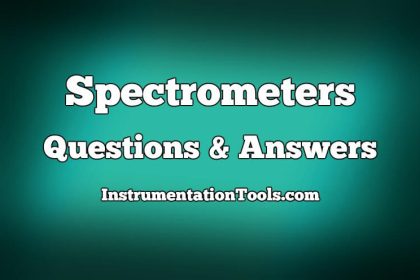

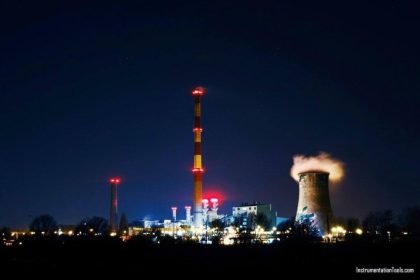


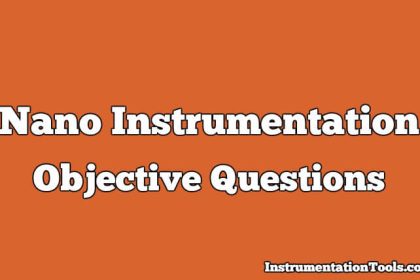
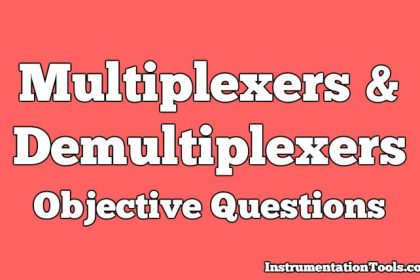

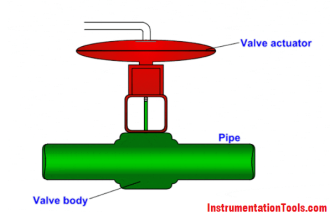
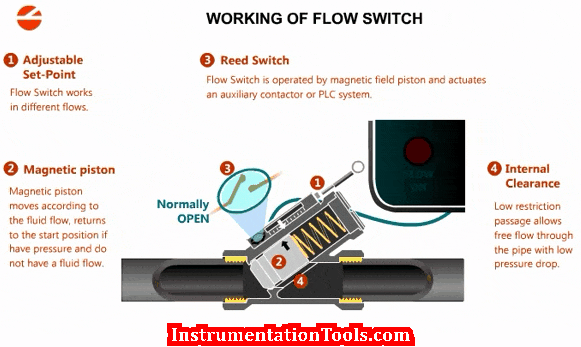
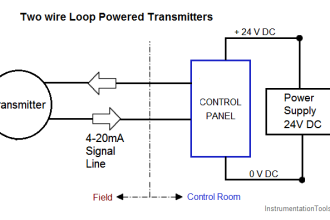
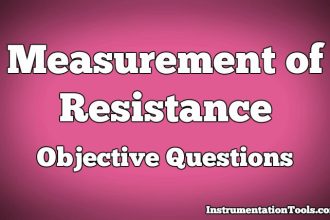
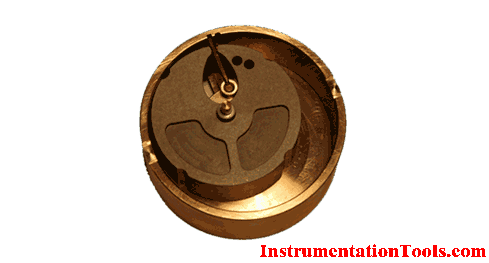

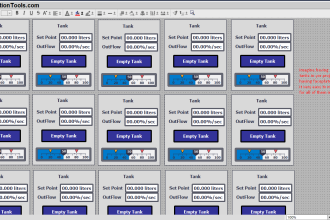
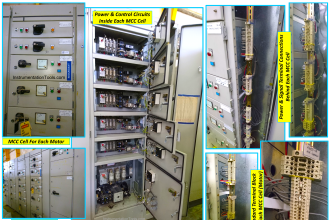

Dear Sir/Madam
I need to pump Underground Water by Mining Work.
The Water ist 90% Clean. Can i use Pneumatic Liquid pump or Water pump?
How many Meter deep can go this pump? And how much Water pump in quatity?
I have verios minings pits which goes untill 150 m und more.
Thank you and best regards